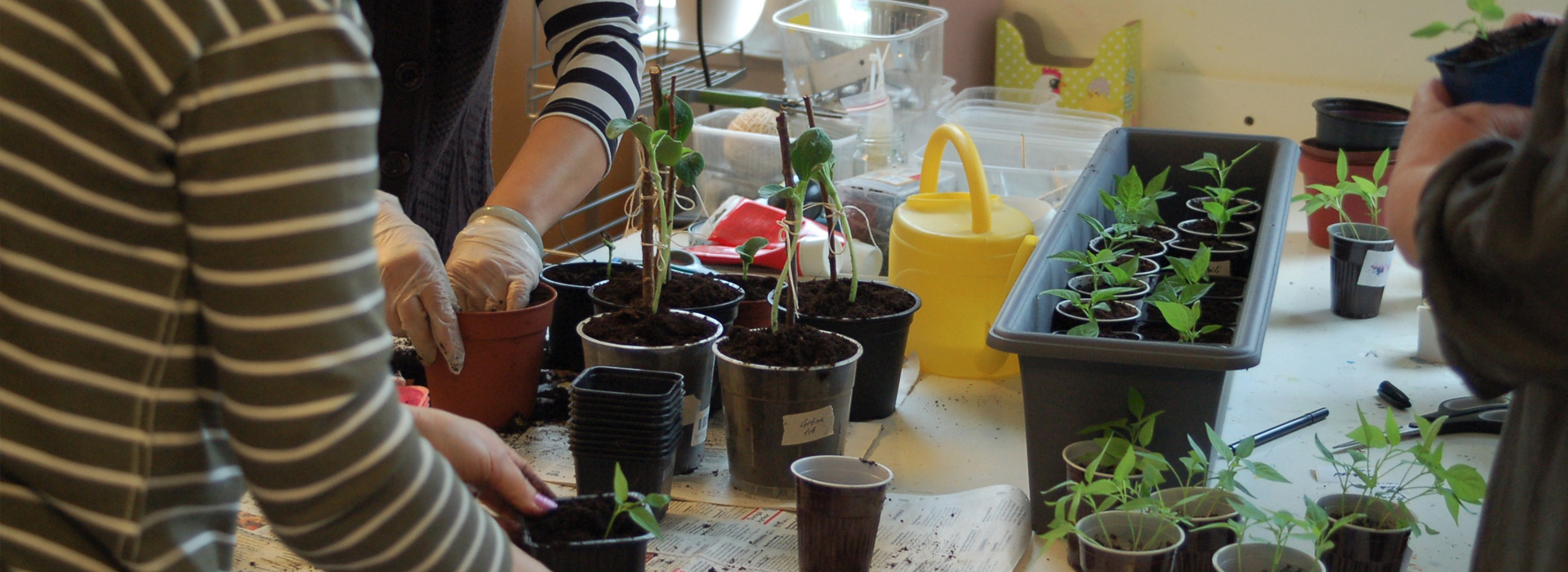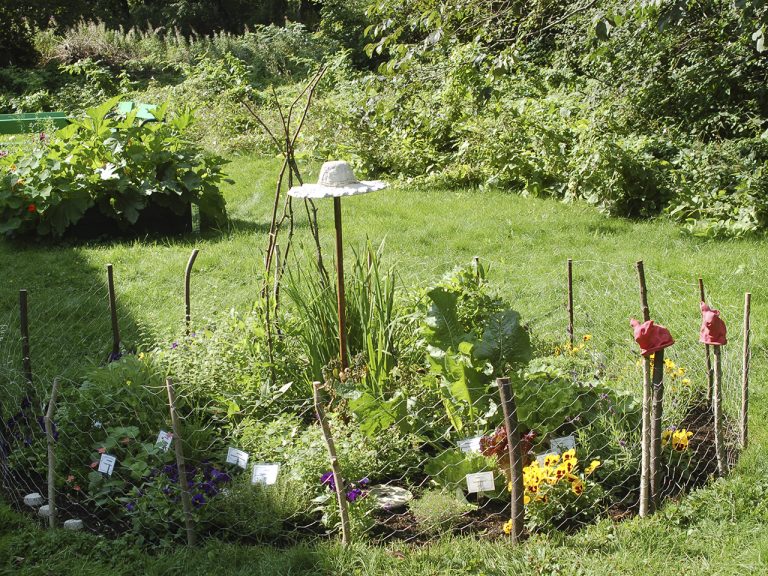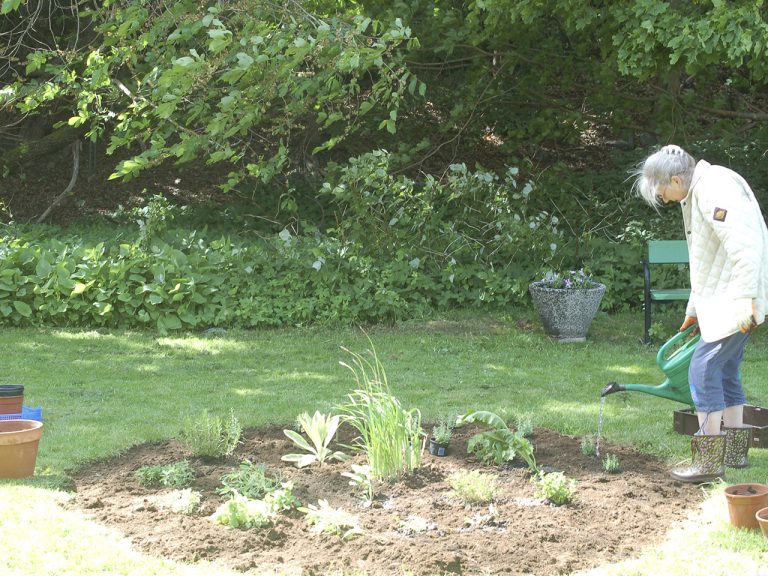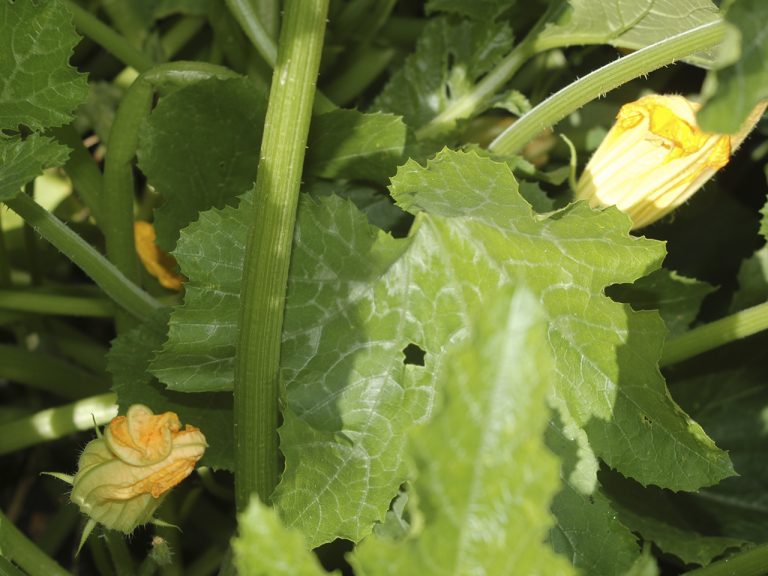Drawing, painting and sculpturing together. Organisation of an exhibition.
“Since many migrants have been involved in traumatic experiences in their home country, this is a good technique to process these feelings.”
Description of the activity
In the artistic activities, they work with drawing, painting and sculpture in various materials. In the studio, we also work with exhibition productions from idea to finished exhibition. We have a collaboration with the Adult education where we arrange exhibitions at the libraries in Kronoberg county. This includes everything from the exhibition layout and marketing to the finished product. The activity has 5 people as a maximum number. This for the teacher to be able to advise the participants when painting. The technique is to paint with acrylic painting this technique is easy to perform for the acrylic paint dries quickly and it is possible to paint over if they want to change. This activity works well to practice outdoors in the garden and the light has a great impact when painting.
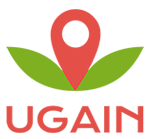
 English
English  Deutsch
Deutsch  Español
Español  Svenska
Svenska 